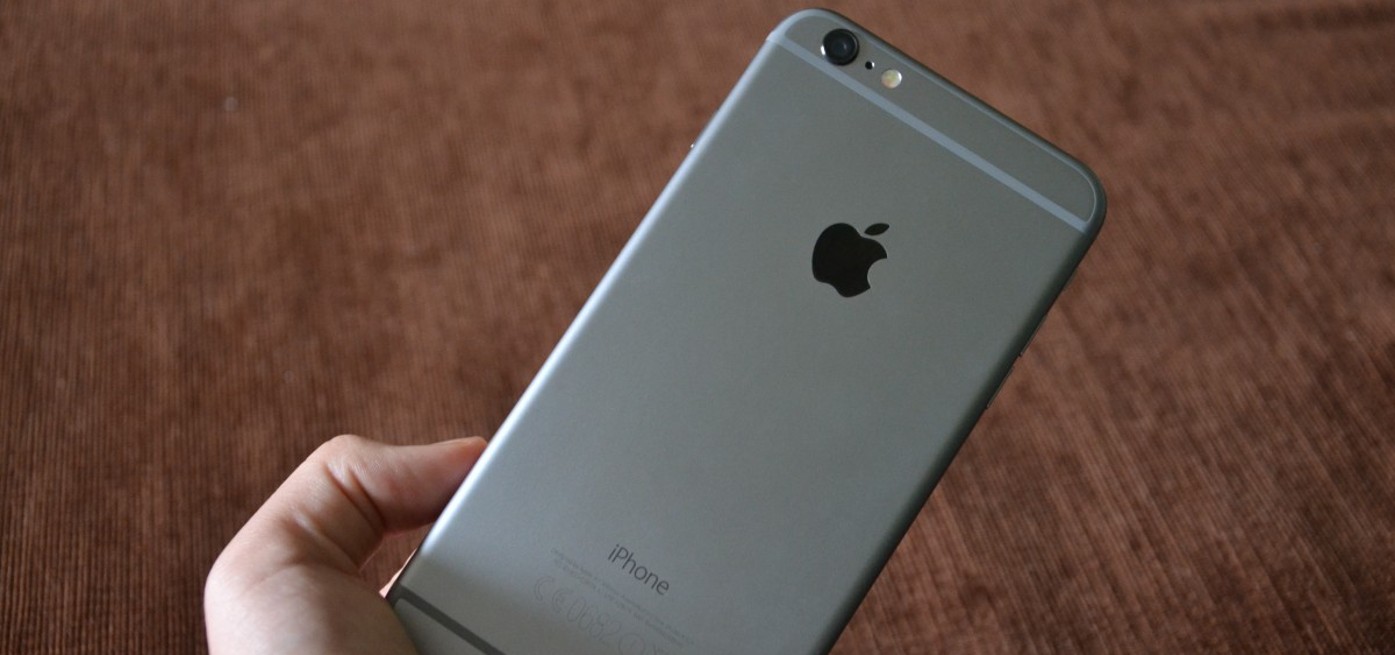
How to Block Drones with a Drone Jammer
In an age where the sky is dotted with drones, the importance of drone jammers has never been more significant. From commercial deliveries to personal

Signal interference vehicles, commonly used during important examinations like the college entrance exam in China, have recently been found to potentially disrupt car signals. This interference can result in car doors being unable to start or open. However, there is no need to worry as there are simple solutions to overcome this issue. This article aims to explore the features of signal interference vehicles, their impact on car signals, and the recommended solutions to address this problem.
Signal interference vehicles are equipped with specialized power generation and control systems, allowing them to shield frequencies between 20-6000MHz. These vehicles are designed to be compact, occupying minimal space, and producing no exhaust emissions or noise. Additionally, they are equipped with an electrically retractable roof antenna, enabling quick deployment and retraction. This feature allows the vehicle to seamlessly integrate into VIP or convoy fleets, preventing potential threats such as remote-controlled bombs. When not in use, the antenna can be hidden, facilitating other tasks. The modular design of these vehicles allows for easy adjustment of frequency bands and power levels, ensuring convenient maintenance and repair. Furthermore, signal interference vehicles are equipped with DDS modules, enabling the modification of output power and frequency bands through computer control software, including the ability to set special communication frequencies during emergencies.
Signal interference vehicles can continuously shield frequencies between 20-6000MHz, which includes the frequency range used by car remote control keys. Consequently, when a signal interference vehicle is activated, car remote control keys may experience interference. However, this interference should not cause any significant concern. The electrically retractable roof antenna of the signal interference vehicle allows it to operate at speeds of up to 100 kilometers per hour, seamlessly integrating into VIP or convoy fleets to prevent potential threats. When the signal interference vehicle is not in use, the antenna can be retracted, allowing for the execution of other tasks.
If your smart car key experiences interference, resulting in malfunction or reduced sensitivity, there is no need to worry. In such cases, simply use the mechanical key to manually open the car door. Place the remote control key near the one-key start switch (closest to the ignition sensor), step on the brake pedal, and then press the ignition switch. This process will allow the vehicle to start normally. It is important to note that the vehicle’s navigation system may experience delays in positioning, and the radio may temporarily lose reception due to the interference signal. However, once the vehicle moves away from the interference signal, all functions will return to normal.
Signal interference vehicles, used during important examinations, have the potential to disrupt car signals, particularly affecting the functionality of remote control keys. However, with the understanding of their features and the recommended solutions, there is no need to be overly concerned. By following the provided steps, car owners can easily overcome any signal interference issues and ensure the smooth operation of their vehicles.
Our frequency checker tool will help you check all frequency bands used in all country.

In an age where the sky is dotted with drones, the importance of drone jammers has never been more significant. From commercial deliveries to personal

Protect your vehicle’s location privacy with a professional guide on GPS jammers. From selection to legal considerations and installation tips, we’ve got you covered. Key

Here’s a step by step guide on how to build your own GPS jammer. Below are the main steps we are going to introduce in

Understanding Signal Blocker: How It Works and Its Applications Signal Blockers are devices that can disrupt mobile phone signals, preventing them from connecting to base

The Application and Benefits of High-Power Signal Jammers Enhancing Signal Blocking Efficiency in Various Environments In today’s technologically advanced world, the need for effective signal

Considerations for Purchasing Exam Room Signal Jammers Ensuring Effective Signal Jamming for Exam Integrity As the year approaches its end, many schools are preparing for

The Importance of Monitoring and Signal Interference Measures During Examinations During examination periods, it is crucial to closely monitor the examination venues and their surrounding

Selecting the Appropriate Cell Phone Jammer for Theaters and Auditoriums Overcoming Challenges in Installation and Maximizing Signal Disruption The Importance of Cell Phone Jamming in

Remote Control of Cell Phone Jammers via Smartphone: A Possibility? With the rapid development of the Internet of Things (IoT), numerous smart home devices have

Supplying high quality signal jamming devices since 2010. The only jammer store you can trust.
Jammer Master © 2024. Premium Signal Jammer Supplier Since 2010.